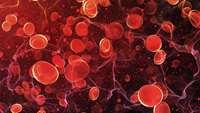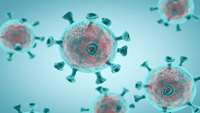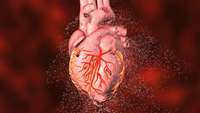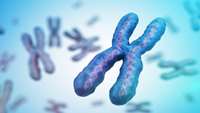Studying the Neandertal DNA found in modern humans using stem cells and organoids
Protocols that allow the transformation of human induced pluripotent stem cell (iPSC) lines into organoids have changed the way scientists can study developmental processes and enable them to decipher the interplay between genes and tissue formation, particularly for organs where primary tissue is not available.
Making blood on demand: How far have we come
The reconstitution of the blood system in humans holds great therapeutic potential to treat many disorders, like blood cancers, sickle-cell anemia and others.
COVID-19 cytokine storm: Possible mechanism for the deadly respiratory syndrome
Research into how the SARS-CoV-2 virus induces death is suggesting potential treatments for its most destructive complications.
Study reveals mechanisms of mechanical stretch induced skin expansion
The capacity of the skin to expand by mechanical stretching has been used for decades in plastic and reconstructive surgery to generate an excess of skin that can be used to repair birth defects, damaged tissues, and breast reconstruction after mastectomy. The cellular and molecular mechanisms by which skin respond to mechanical stretching remain unknown.
Clinical trial in a dish: A novel strategy for drug development in heart disease
Dilated cardiomyopathy (DCM) is a disease of the heart muscle that results in decreased function of the left ventricle, the main pumping chamber. This decreases the heart's ability to pump blood, which can lead to irregular heartbeats (arrhythmias), blood clots, heart failure, or sudden cardiac death.
Drug target for aggressive breast cancer found
A team of British and American scientists have discovered a way to slow the growth of breast cancer stem cells in the lab. The study led by Dr. Bruno Simões and Professor Rob Clarke from The University of Manchester could eventually lead to combination drug therapies on previously untreatable breast cancers.
Cell antennas lacking in Fragile X syndrome, study finds
Structures called primary cilia—which act like TV antennas for cells to detect signals—are present in fewer numbers in mice born with Fragile X syndrome, according to researchers from The University of Texas Health Science Center at San Antonio (UT Health San Antonio). Study results were published July 30 in the journal Stem Cell Reports.
Preserving fertility in female cancer patients and ageing populations
A Monash University study has uncovered the role DNA repair plays in preserving egg quality, offering hope for women whose eggs may be damaged through treatments such as radiation and chemotherapy.
Severely injured donor lungs can be recovered using cross-circulation platform
Currently, a method known as ex vivo lung perfusion (EVLP) is used to provide lung support outside the body and recover marginal quality donor lungs before transplantation. However, EVLP provides only a limited duration of six to eight hours of support-;a time that is too short to recover the majority of severely damaged donor lungs.
A new cell and gene therapy approach to treat common bleeding disorder
In a new study from the Wake Forest Institute for Regenerative Medicine (WFIRM) researchers have developed an optimized cellular platform for delivering Factor 8 to better treat patients with hemophilia A.












